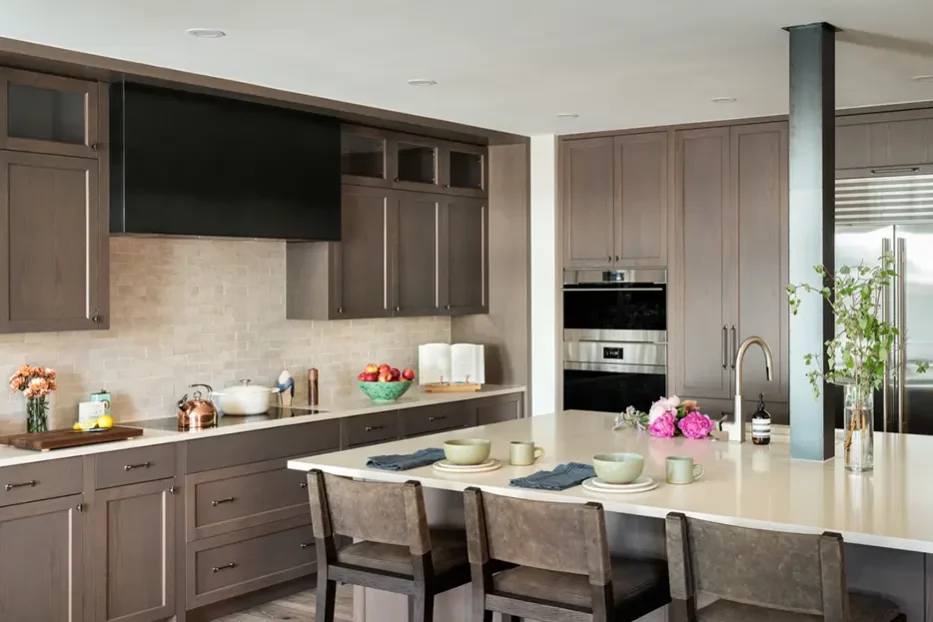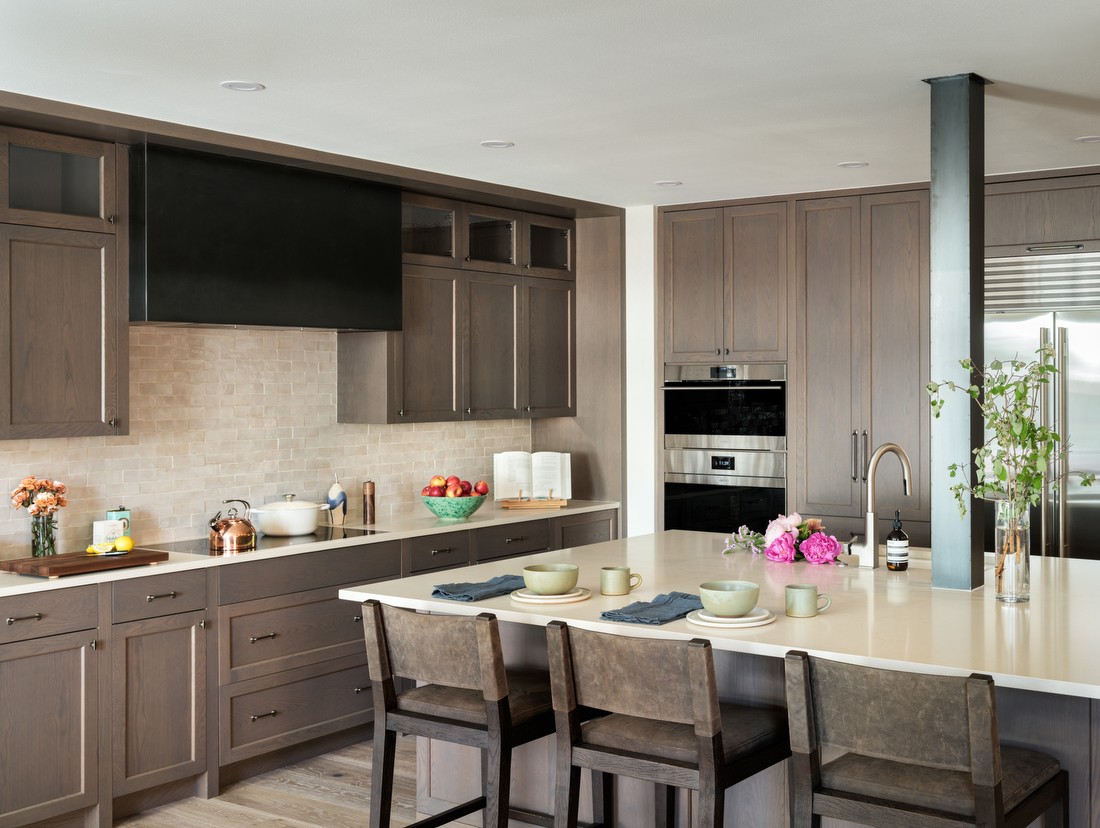
the voice of Julie and Mark Brayton of Brayton Interiors
Interior design is an unmistakable art form that marries functionality with form — a duality that is mimicked in the business aspect of the interior design industry. In order for an interior design firm to experience success, there must exist a balance between the left brain and right brain. On the right side lives the creativity to make a space beautiful; the left side is occupied by the savviness necessary to create a viable business. For brother-sister duo Mark and Julie Brayton, this harmony is the foundation of Brayton Interiors. We sat down with the siblings to discuss inspiration, process and the project of their dreams.
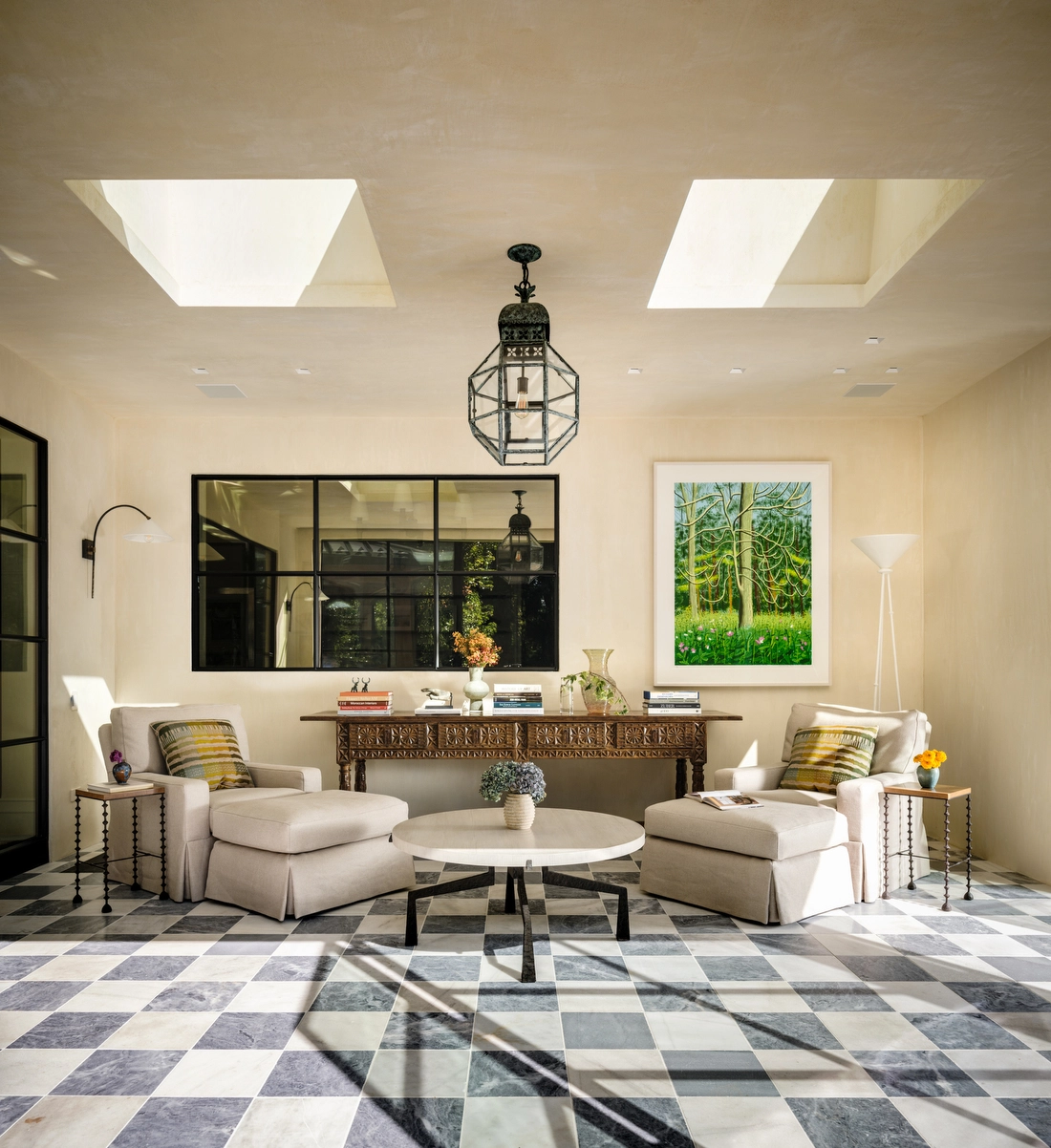
- How did you find your calling in interior design? What drew you to it?

- Julie: For as long as I can remember, I’ve been spatially aware, but it took me until high school when someone pointed this out to me and gave it a name for me to realize that I take in a space differently than others. I recognize and appreciate ambiance and feeling good in a room, restaurant, or coffee shop more so than just about anyone I have met perhaps to a fault, and I am really dialed in at identifying the specific traits about an environment that make it feel optimally appealing.

I love the career trajectory that befalls an interior designer, as it incorporates everything I really love: history, creating sublime spaces appropriate to their geographic and cultural surroundings, always educating myself about people, places, more history…it’s very fulfilling!
Mark: I’m about as far from an interior designer as you can get. My degree is in Mechanical Engineering and I am ultra left-brained, which is the polar opposite of Julie. But I love the business and people-facing aspects of the company, and Julie and I make a great team with our complementary strengths. At this point, I can regurgitate enough design lingo that I’ve heard from Julie and the team to make it sound like I know what I’m talking about…though I try to stay in my lane, which is far from the design conversations.
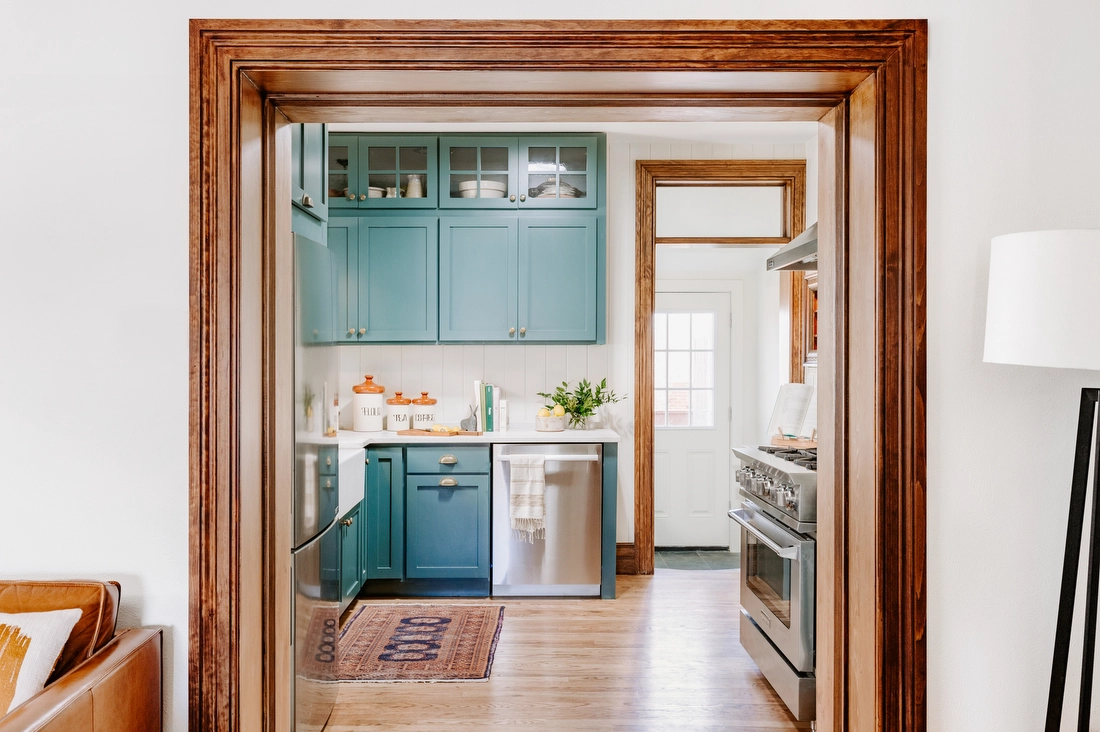
- How does artistry integrate into what you do on a daily basis?

- Julie: In my mind, interior design is art on a large and incredibly dynamic scale. We are always investigating the highest quality of furniture craftspeople and artisans to make our projects read very high-end and lasting. Pulling all of those elements together to create a personalized and elevated house for our clients is a major visual exercise. Aside from being an interior designer, I am a painter — there’s really not a day that goes by that I’m not around or thinking about art and how it relates to individuals and environments.

- What project are you most proud of and why?

- We were fortunate to land what is essentially our dream project shortly after starting our own design firm in Denver. We lucked out with the clients as they are such a dynamic duo that made the design process easy. Arguably the most transformative and affecting part of these clients’ remodel was the addition of an all-seasons solarium. One way we incorporated the clients’ love of travel was by using reclaimed tile floor from an 18th-century Spanish church to make the space feel worldly and to marry the clients’ love for different types of architecture.

Since the addition, this room has been the space that the couple uses the most, as it is functional and offers a vantage point to the natural beauty that Denver offers.
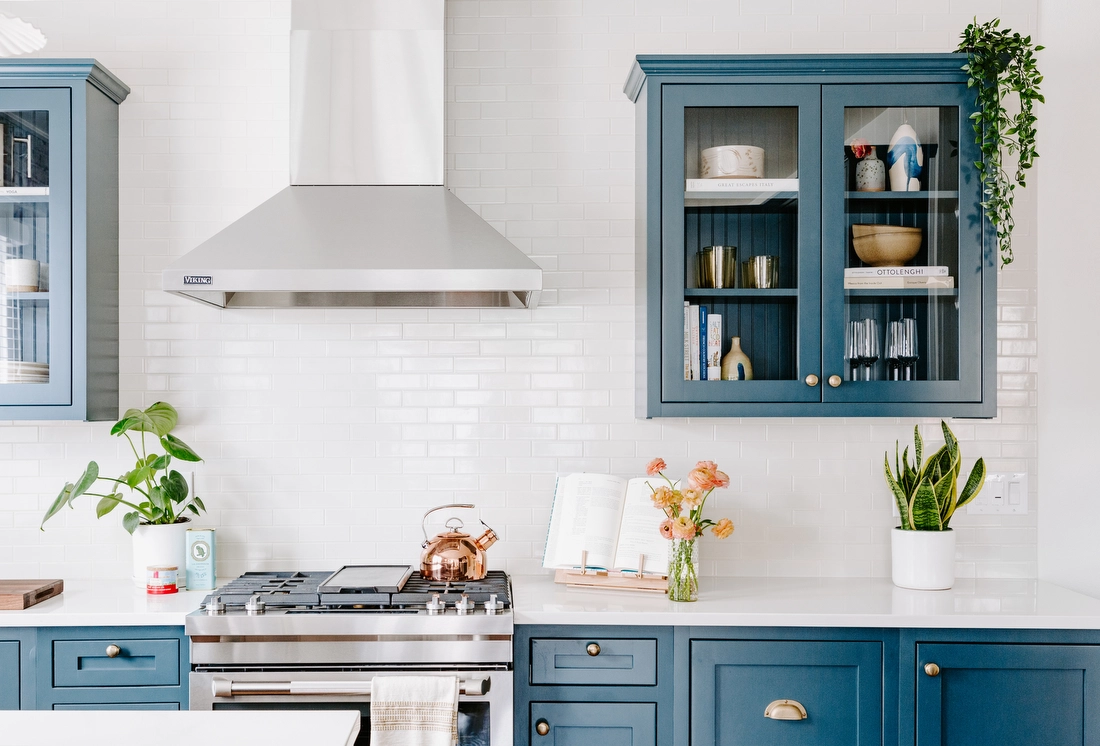
- How would you describe your signature interior design style?

- Mark: I wouldn’t necessarily say that we have a particular design style; rather, we take cues from the architecture of the home to create a specific feeling…one that is sophisticated, timeless yet current, elevated, and approachable. Our designs are relatively simple — not opulent, floral or loud.

Regardless of the style, we can achieve our targeted feel by focusing on what we consider the top three elements of good design — balance, proportion and scale. An understanding of these basic principles allows us to mix styles so we aren’t relegating ourselves to a specific era or style like mid-century modern or traditional, for example. For all of our projects, Julie tries to marry architecture, locale, and personal preferences in a way that does not feel contrived. Julie’s keen understanding of art history, her creative/artist brain and her attention to the tiniest details is essentially our secret sauce that ties everything together.
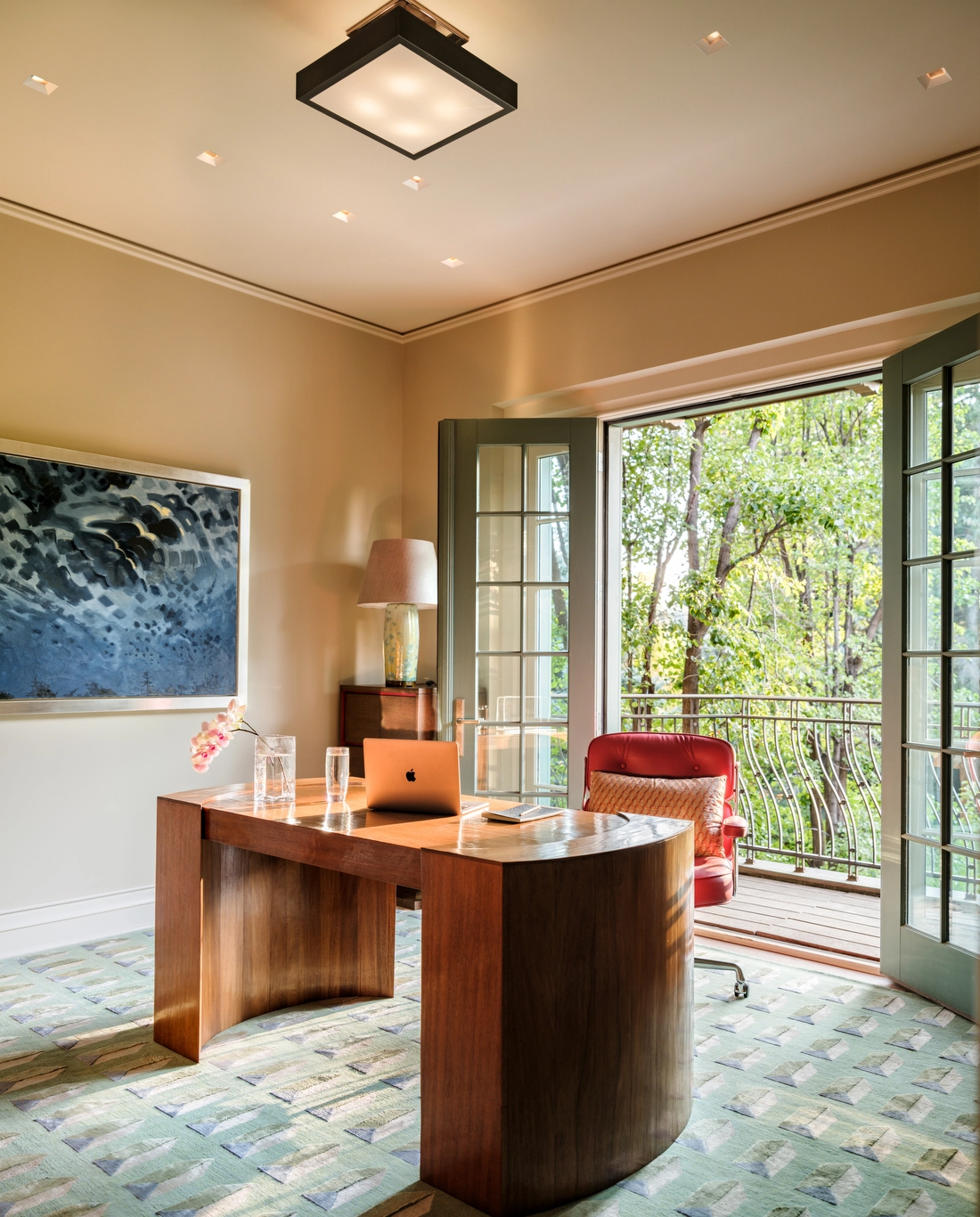
- When designing a space, what is the most important factor to consider and why?

- Julie: For me, a well-designed space starts by pulling from the original architecture of the home. Proportions, finishes, and the style of the fixed finishes all should fit within this umbrella and need to be anchored to the space with some important architectural details.

When I approach a renovation of any period house, which is very common in Denver, I like to make sure that the fixtures are in keeping with the original architectural style/era of that house. When it comes to the furnishings, I like at least half of the furniture to allude to the style of that era, but again, that can be in a very light manner so long as it captures the essence of the architectural characteristics of the house.
Mark: I think good design is more of a science than what meets the eye. Some think design is simply picking finishes that look good together, but, as Julie previously mentioned, proportion and scale must also be precisely dialed in through a CAD program as the first step in the design process before materials and finishes are even considered. Then the creative portion can kick in.
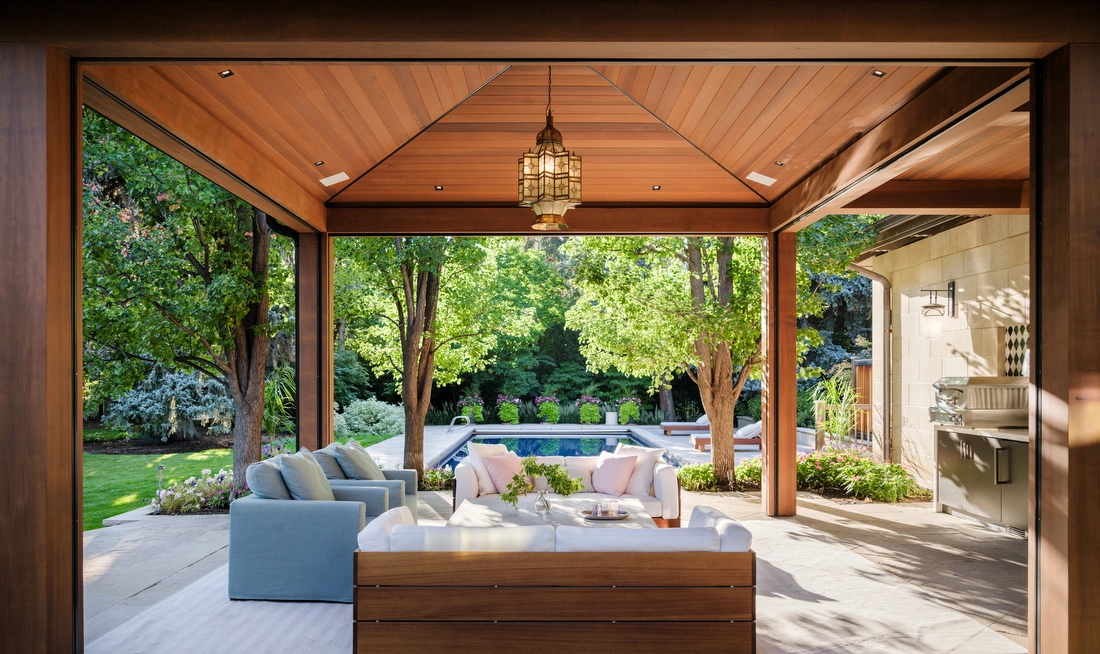
- How do you work with clients to ensure that your designs fit their lifestyle?

- Mark: We want to give the customer what they love, not necessarily what we love. Most people know what they like but they don’t know how to put the puzzle pieces together to create something that they like. We, therefore, put the customer at the center of the creative process and try to act as the conduit between what their brain loves and what they are able to articulate with their words.

We take an extremely personalized approach—more so than any other designer in our perhaps not-so-humble opinion—to ensure that our customers are getting a perfect, timeless space. To do so, we take an extensive amount of time in the “R&D” phase to nail down the perfect design “language” and to understand any needs and wants of the customer before we start presenting any design specifics. This makes our process a little slower in the beginning, but it really pays dividends in the long run.
Our philosophy is that if we do our proper due diligence on the front-end, we should have a great design that the customer loves right from the get-go. If the customers aren’t in love, then it is our fault for not digging up the right information upfront, and we feel that it is only right to re-shop.
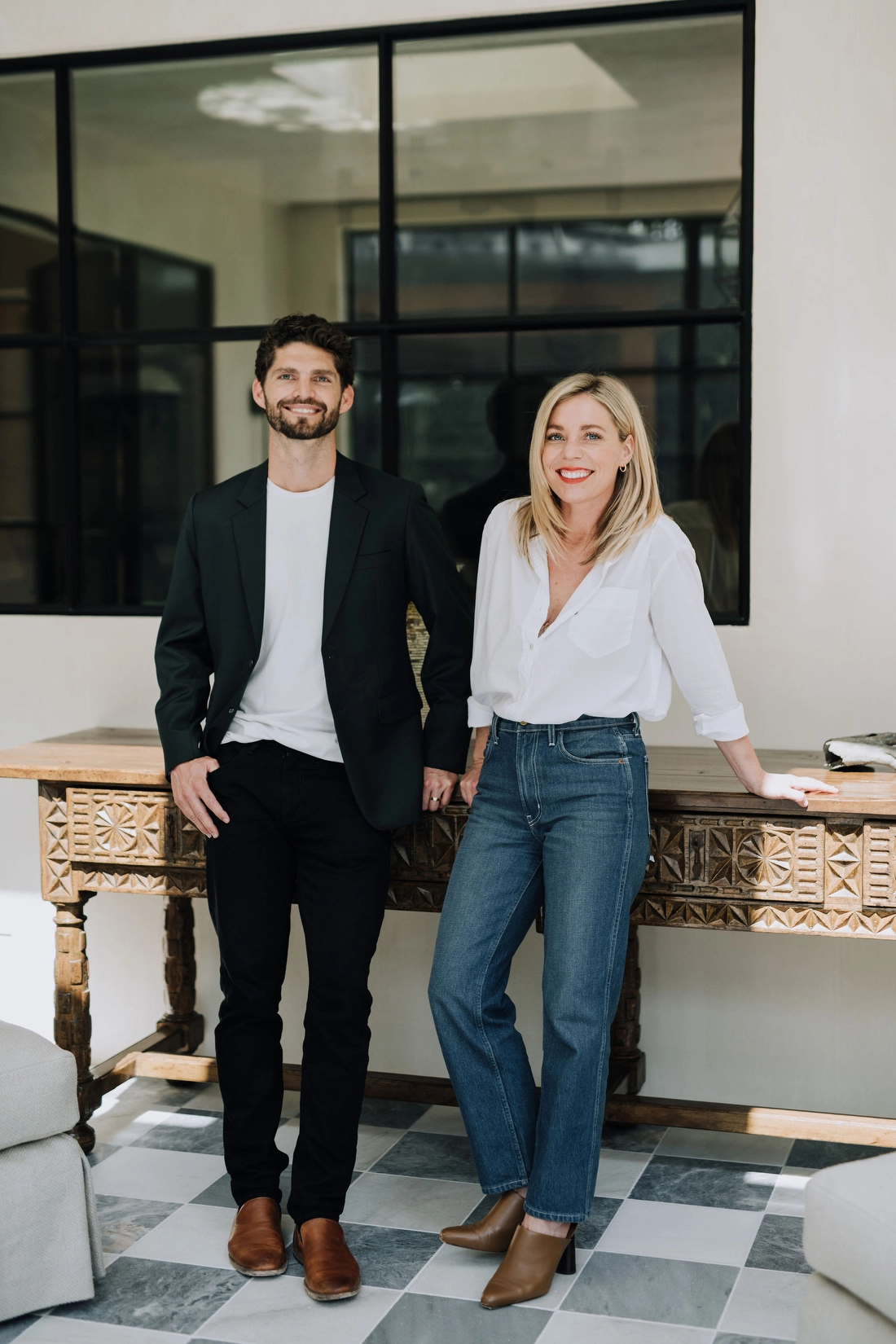
- To what or to whom do you attribute your success?

- Julie: While living in Los Angeles, I was fortunate to work under two Architectural Digest Top 100 (AD100) Designers that I truly admired. It was under Michael S. Smith that I learned that an interior designer could approach any architectural style and client preference to create something that feels totally appropriate architecturally, but also very personal, layered and thoughtful. I learned that following the principles of design within any space is the key to success, which takes lots of skill and time to get right.

Those experiences in Los Angeles were so formative because not only were those designers excellent at design itself, but they also had admirable client rapport, professionalism and ran their companies very effectively.
That’s where my brother, Mark, comes into play. Brayton Interiors is successful because we are structured in a way that allows me to fully immerse myself in my creative mind while Mark manages all things strategy and client relations. My senior designer, Sarah, and junior designer, Jorja, can communicate with both of us to execute the tasks necessary. It’s really just our team dynamic — we all have such an important part in making the whole thing run smoothly.
Mark: Julie, 100%. That may sound like a cheesy and extremely obvious answer, but I truly think that she is a creative genius who has what you can’t teach when it comes to designing a space. But there’s more to success than just being great at a trade; you must stay uncomfortable and grind it out every day to find customers, hone processes and improve the business, and Julie has certainly put in the work to earn where we’ve gotten to today as a company.
To discover how Brayton Interiors can transform your space, visit their website at BraytonInteriors.com.
SUBSCRIBE
to stay in the know
Your dose of the coolest properties, seductive architecture, influential design, art that matters and community happenings.

